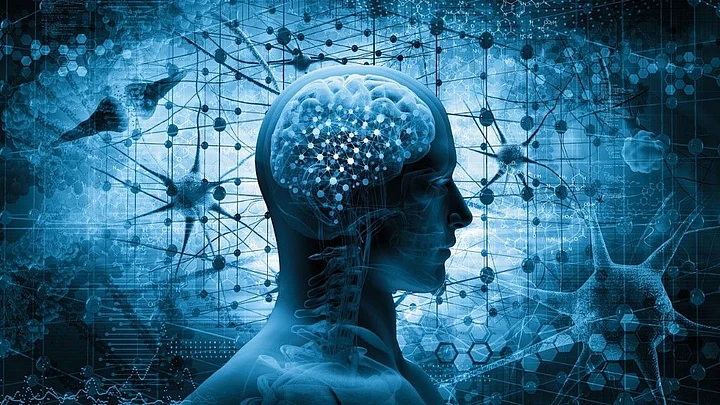Researchers have used ensemble methods based on deep learning 3D analysis networks to answer the global Magnetic Resonance Imaging (MRI) prevision challenge for children.
Importantly, they made predictions for both the fluid intelligence level and the target variable independent from age, gender, brain size or MRI scanner used.
MRI is a common technique used to obtain images of human internal organs and tissues. Scientists wondered whether the intelligence level can be predicted from an MRI brain image.
"Our team develops deep learning methods for computer vision tasks in MRI data analysis, amongst other things," said study researcher Ekaterina Kondratyev from Skolkovo Institute of Science and Technology (Skoltech) in Russia.
The US National Institutes of Health (NIH) database contains a total of over 11,000 structural and functional MRI images of children aged 9-10.
In 2013, NIH launched the first grand-scale study of its kind in adolescent brain research, Adolescent Brain Cognitive Development, to see if and how teenagers' hobbies and habits affect their further brain development.
NIH scientists launched an international competition, making the enormous NIH database available to a broad community for the first time ever.
The participants were given a task of building a predictive model based on brain images.
As part of the competition, the Skoltech team applied neural networks for MRI image processing.
To do this, they built a network architecture enabling several mathematical models to be applied to the same data in order to increase the prediction accuracy, and used a novel ensemble method to analyse the MRI data.
In their recent study, Skoltech researchers focused on predicting the intelligence level, or the so called "fluid intelligence", which characterises the biological abilities of the nervous system and has little to do with acquired knowledge or skills.
Importantly, they made predictions for both the fluid intelligence level and the target variable independent from age, gender, brain size or MRI scanner used.
The results of the study helped find the correlation between the child's "fluid intelligence" and brain anatomy.
Although the prediction accuracy is less than perfect, the models produced during this competition will help shed light on various aspects of cognitive, social, emotional and physical development of adolescents.
(This story was auto-published from a syndicated feed. Only the title and the image have been edited by FIT .)

